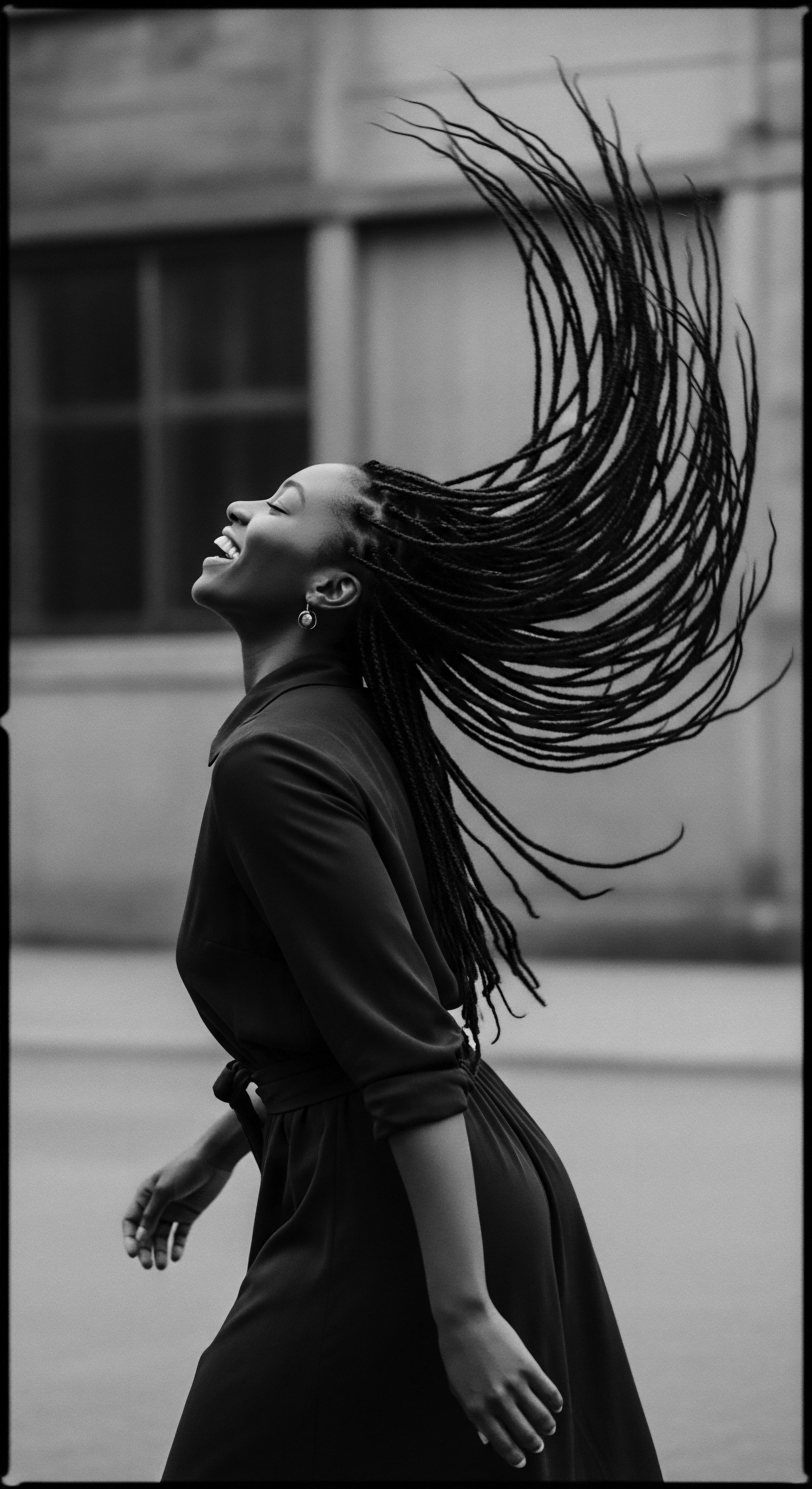
How did colonial laws influence headwrap use for textured hair?
Colonial laws attempted to degrade headwrap use by Black women, yet they transformed them into vibrant symbols of heritage and resistance.

In what ways did colonial laws impact textured hair identity?
Colonial laws systematically devalued and policed textured hair, transforming it from a revered cultural marker into a site of enforced subjugation.

How did Tignon Laws shape heritage expression?
The Tignon Laws, intended to suppress Black women's hair as heritage, unexpectedly spurred vibrant self-expression through headwraps, redefining cultural pride.

How did early colonial laws affect textured hair?
Early colonial laws profoundly disrupted textured hair heritage by forcing conformity, but ancestral resilience preserved cultural expressions.

In what ways did colonial laws try to control textured hair expression?
Colonial laws attempted to control textured hair expression by imposing sumptuary dictates and appearance rules, seeking to suppress Black and mixed-race heritage.

In what ways did colonial laws impact head covering traditions and their heritage?
Colonial laws controlling head coverings often sought to diminish identity and impose racial hierarchy, fundamentally altering textured hair heritage and traditions.

How did colonial laws alter hair practices for Black women?
Colonial laws fundamentally altered Black women's hair practices, shifting them from expressions of heritage to symbols of imposed control.

How did early colonial laws impact textured hair heritage?
Early colonial laws sought to suppress textured hair heritage, yet sparked powerful acts of cultural resistance and identity reclamation.

How did early colonial laws target textured hair?
Early colonial laws targeted textured hair to control identity and social standing, attempting to suppress visible markers of Black and mixed-race heritage.

How did early American laws regulate textured hair?
Early American laws, particularly the Tignon Laws, sought to suppress textured hair as a powerful symbol of Black and mixed-race heritage.

